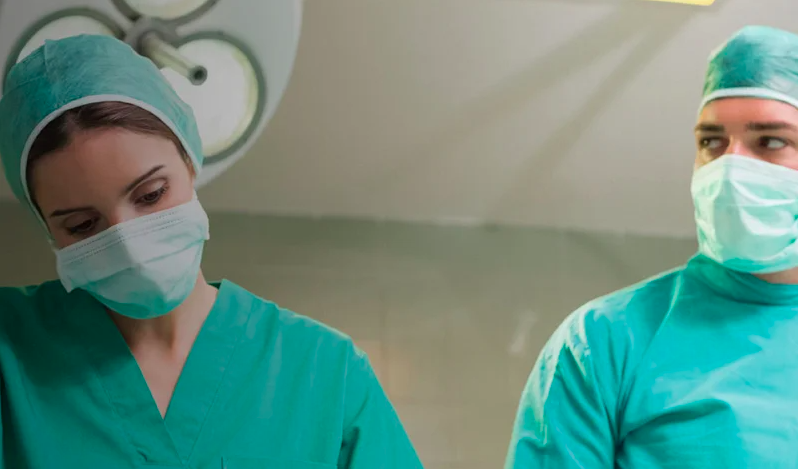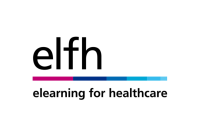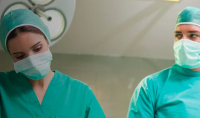Anaesthesia | Paediatrics | Spontaneous Ventilation Techniques



Spontaneous Ventilation Techniques
Session Overview
Description
This session is a guide to the use of spontaneous ventilation techniques during general anaesthesia in paediatric patients. Relevant respiratory anatomy and physiology in paediatric patients is considered, with particular reference to the potential limitations of a spontaneous ventilation technique in neonates and infants. Airway management, paediatric breathing systems and the use of monitoring are also described.
Learning Objectives
By the end of this session you will be able to:
- Define a spontaneous ventilation technique for the maintenance of general anaesthesia
- Describe the effects of general anaesthetic agents on respiratory physiology in paediatric patients
- Identify features of the clinical setting in which a spontaneous ventilation technique is appropriate for maintenance of general anaesthesia in children
- Describe the principles of conduct of anaesthesia using a spontaneous breathing technique
- Identify which monitors are essential during anaesthesia when the patient is breathing spontaneously
- Describe an ideal breathing system for paediatric patients spontaneously breathing under anaesthesia
Maintenance of anaesthesia in paediatric patients can be achieved using spontaneous breathing or controlled ventilation. The choice of technique is influenced by many factors which include the age and condition of the patient as well as surgical factors such as timing, site and duration of surgery.
This session will give guidance on how to assess whether a technique in which the patient remains spontaneously breathing is suitable for maintenance of anaesthesia, and then address how to use the technique in paediatric anaesthetic practice.
- Anaesthesia | Pharmacology | Drugs used in the tre...
- Posted By eIntegrity Healthcare e-Learning
- Posted Date: 2025-01-28
- Location:Online
- Module 7c provides content on general pharmacological principles, together with information of drugs...
- Anaesthesia | Pharmacology | Drugs acting on the r...
- Posted By eIntegrity Healthcare e-Learning
- Posted Date: 2025-01-28
- Location:Online
- This session looks at drugs which are used primarily for their effects on the respiratory system, with particular emphasis on those drugs that may be encountered by the anaesthetist. Therapies for the management of acute asthma are only briefly mentioned
- Anaesthesia | Pharmacology | Antihistamines
- Posted By eIntegrity Healthcare e-Learning
- Posted Date: 2025-01-28
- Location:Online
- This session describes commonly encountered antihistamines including their indications for use, mechanism of action, pharmacokinetics and pharmacodynamics and side-effect profiles.
- Anaesthesia | Pharmacology | Fluids for volume exp...
- Posted By eIntegrity Healthcare e-Learning
- Posted Date: 2025-01-28
- Location:Online
- This session describes the use of crystalloids and colloids for acute fluid resuscitation.
- Anaesthesia | Pharmacology | Thromboprophylaxis an...
- Posted By eIntegrity Healthcare e-Learning
- Posted Date: 2025-01-28
- Location:Online
- This session examines aspects of thromboprophylaxis and thrombosis, including the aetiology, risk factors, diagnosis and treatment, and the impact on healthcare costs.




